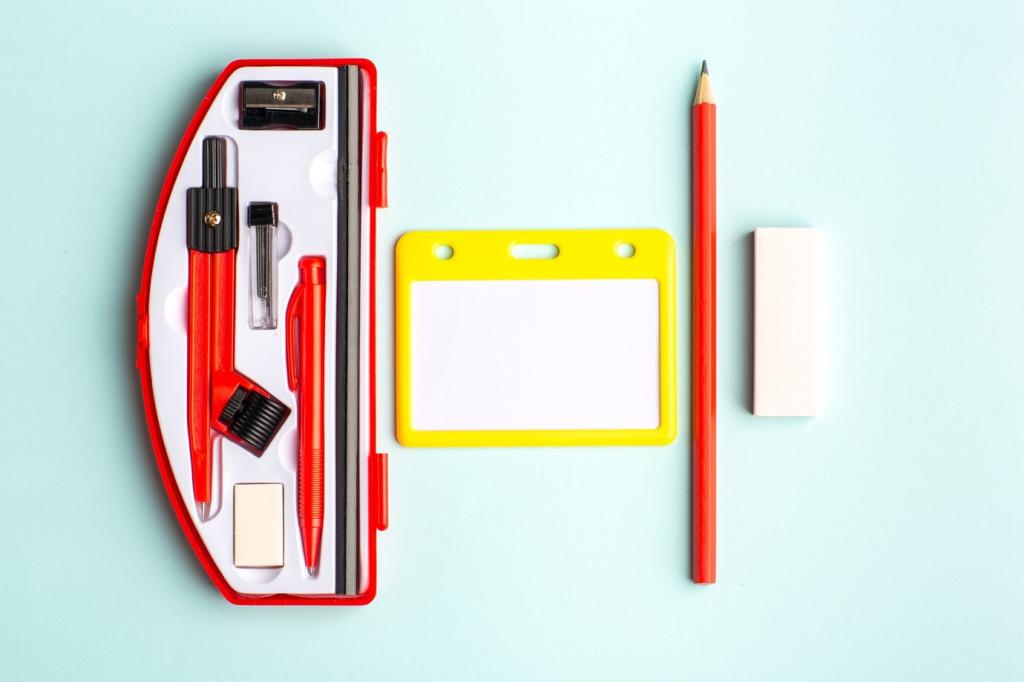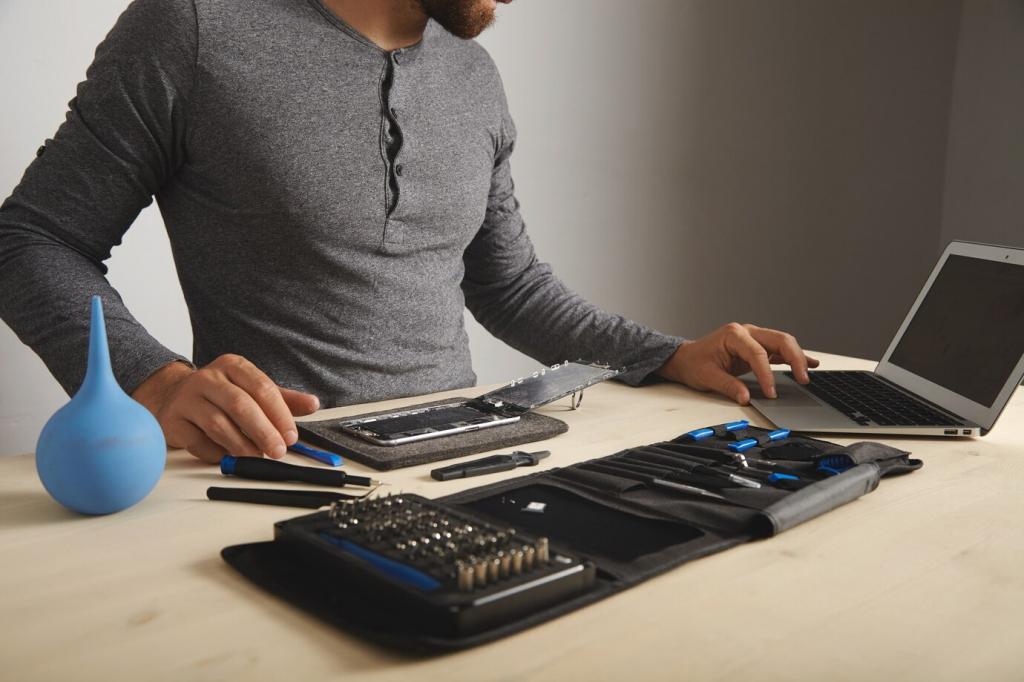Troubleshooting, Community, and Next Steps
Check reversed LEDs, missing grounds, loose jumpers, and mismatched pin numbers first. Use a multimeter to verify voltage and continuity, then test in small steps. Celebrate each green checkmark. What bug taught you the most patience? Share your tale so beginners feel brave enough to keep building and learning.
Troubleshooting, Community, and Next Steps
A short moment with the UNO pin map or Raspberry Pi’s 40-pin header saves hours later. Circle power, ground, and special pins in printouts. The day a reader decoded a sensor’s timing chart, everything clicked. Ask a question about a confusing diagram and we’ll crowdsource clear, beginner-friendly explanations.
Troubleshooting, Community, and Next Steps
Post photos of your breadboard, link your code, and describe what you learned in a sentence or two. Encourage others by commenting on their first blink or dashboard. Subscribe for weekly beginner-friendly Arduino and Raspberry Pi projects, and vote on what themes we should explore next together.




